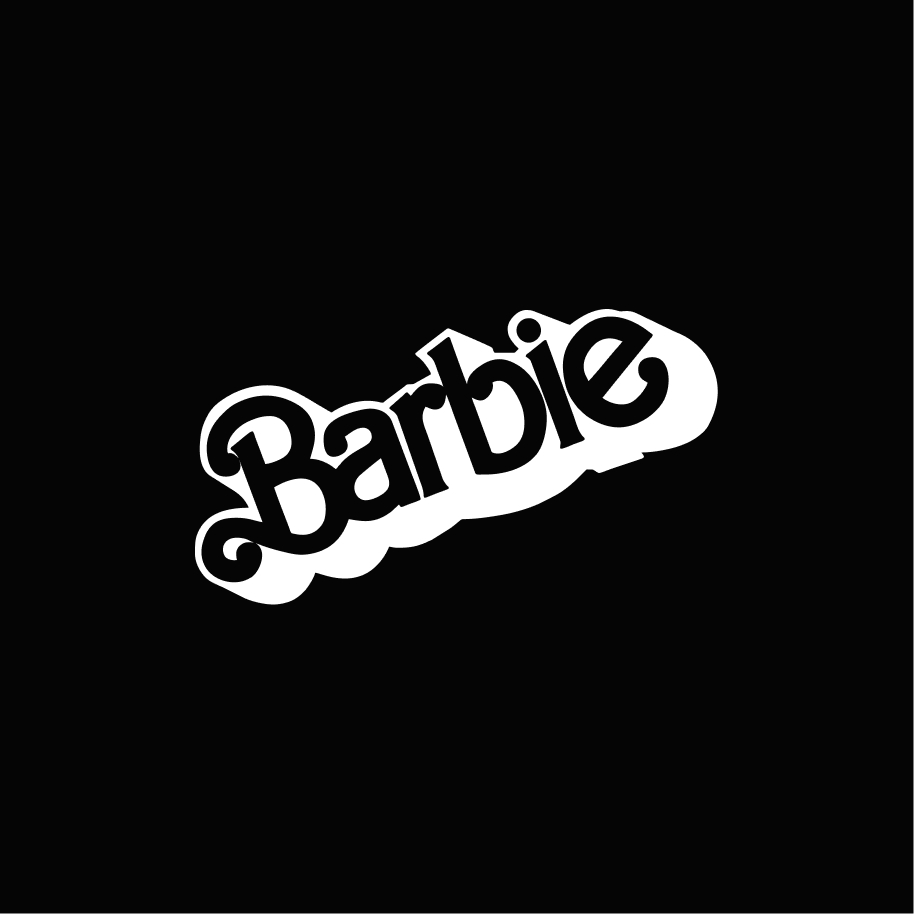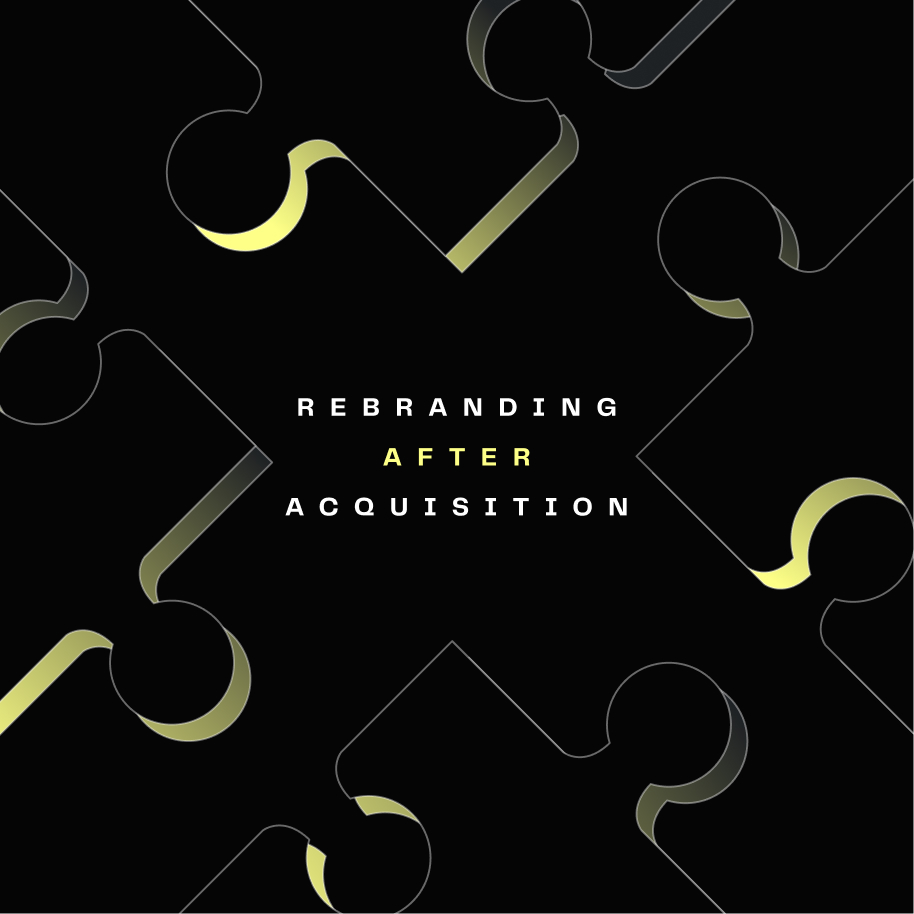Changing attitudes. Increased consumer dialogue. Greater calls for action. This is the social landscape in which brands operate today — and we believe it’s for the better.
For one thing, holding businesses to a higher standard helps make our world a more just and equitable place. But beyond that, listening to and answering consumer demands can also benefit your bottom line. In fact, people are four to six times more likely to purchase, protect and champion brands that are purpose driven over ones that stay on the sidelines, according to a global study by Zeno Group.
This adds credence to what is known in business as the triple bottom line, in which firms are measured by their impact on society and the environment as well as their financial performance. As part of that model, business leaders today must consider the three Ps, defined as profit, people and the planet.
So how should you proceed in reaching an equilibrium between making money and achieving a greater sense of purpose? To better understand all that’s at play, let’s take a lesson from Barbie, who has quickly become many marketer’s north star for branding.
Mattel & the Barbie revolution.
Until recently, Mattel (Barbie’s manufacturer) faced growing criticism for portraying women in an unrealistic light. Barbie, critics claimed, was damaging to girls, both in terms of the gender stereotypes she espoused and the impossible body proportions she represented. As a result, for decades, people everywhere questioned the brand’s very existence. In a word, Barbie was falling out of fashion.


Then, Mattel decided to do something about Barbie’s image. The company reimagined and repositioned its signature character to better align with contemporary values.
The transformation involved embracing diversity, inclusivity and positive self-image. Barbie, the brand now asserts, can be anything, just as women can be anything — whether that’s a makeup artist, a lifeguard, an astronaut, a race car driver, an engineer or a nurse — you name it.
Meanwhile, Ken is just Ken, seemingly plucked from the rib of Barbie herself, in a modern twist on the story of Adam and Eve. Or should we say Eve and Adam?
Mattel fully committed itself to this feminist repositioning exercise, dating back to 2018, when Ynon Kriez stepped in as CEO. Prior to Kriez’s arrival, a Barbie movie was in talks with Sony, with Amy Schumer slated to play the title role in what was to be a parody. Kriez, however, had a different vision in mind, so he let the rights with Sony lapse in order to pursue something more serious. That’s when he approached Margot Robbie, who agreed to take on the role in what the two decided needed to be a “cultural moment.”
And indeed it has been. With its mission-driven approach, Mattel has moved the cultural conversation forward, repositioned Barbie into a feminist icon and, with Greta Gerwig as director, helped make a movie that has (to date) grossed well over $1 billion. What’s more, two weeks after the film’s release, Barbie toy sales increased by 56%.
Key considerations in building a purpose-driven brand.
So how can you apply these lessons from Mattel? Here are some key considerations to help your brand find the right balance between profit and purpose.
Authentic alignment.
Purpose-driven branding should align with your organization’s core values — authentically — or you run the risk of being called out on social media. Any superficial or tokenistic attempts to jump on a social cause purely for self-promotional purposes will only harm your brand’s reputation. Mattel’s transformation of Barbie was driven by an honest commitment to wanting to empower young girls while fostering greater inclusivity.
Deep understanding of your stakeholders.
To strike the right balance with purpose-driven branding, you also need to make sure you understand all the potential stakeholders at play, which might include customers, prospects, employees, investors and, last but not least, the general public. Listen to and engage with these stakeholders to identify areas where your organization can make a deeper impact. Barbie’s transformation was a response to concerns voiced by parents, activists and consumers over many decades.
Purpose as an integral part of your business strategy.
Also, know that purpose-driven branding should not be an isolated initiative but rather an integral part of your brand’s overall business strategy. If you can embed purpose into every aspect of your organizational operations, products and marketing, you will create a more seamless and authentic customer experience. Mattel’s revolution required a full restructuring of Barbie, from product development to marketing campaigns, ensuring a feminist perspective was woven into the brand’s entire DNA.
Measurement of impact.
You also need to establish metrics and processes to measure the impact of your purpose-driven branding. By tracking and evaluating your outcomes, you can assess what worked and what didn’t, then make more informed business decisions. Metrics such as social and environmental impact, brand perception and customer loyalty can provide valuable insights into the success of your strategies.
Long-term commitment.
Finally, your purpose-driven initiatives should be viewed as long-term commitments rather than short-lived marketing tactics. Consistency is key to building credibility. Mattel’s Barbie revolution isn’t just a one-time campaign; it represents an ongoing commitment to promoting diversity, inclusivity and positive self-image.
Questions to ask to ensure your brand is ready to commit to a greater cause.
With all that in mind, here are the key questions to ask to make sure your brand can, in fact, put its money where its mouth is.
- What are your brand’s core values — and what causes align with those values?
- What is the general perspective of your audience? Do your customers care about certain issues? Will they be turned off by anything they deem too political? To find out, you can conduct market research, survey your customers directly, document their values through a buyer personas exercise and/or engage in social listening.
- What are your competitors doing, and how are their audiences responding? As with all branding, differentiation is key — and you never want to come across as a copycat.
- Do your employees and other stakeholders support the causes you’re considering? Engage with internal stakeholders to understand their perspectives, as group buy-in is crucial for a successful implementation.
- What sort of investment and broader support can you get to ensure your brand is in it for the long haul and not just reacting to a movement of the moment?
Do well by doing good.
All things considered, purpose-driven branding appears to be a worthwhile investment for most forward-thinking organizations. What’s more, it’s a marketing strategy that’s not going away any time soon. In fact, consumer demand around social issues is only growing stronger, as one study has found, with 78% of Americans believing companies must do more than just make money, 77% feeling a stronger connection to mission-driven brands and 66% willing to switch from a product they typically buy to one that has a greater sense of purpose.
In other words, consumers don’t want talk; they want action. And for marketers everywhere, that’s more than just a gentle reminder that we can do well by doing good. These days, it’s practically a mandate.



